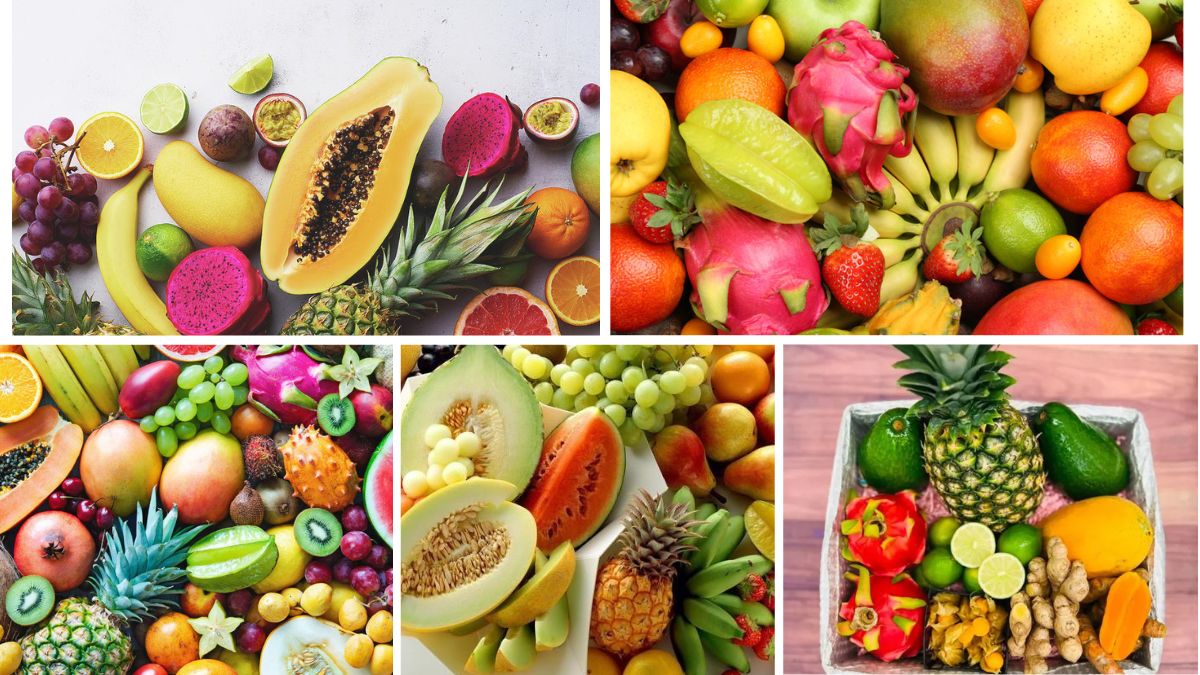Tropical fruits—bursting with vibrant colors, juicy flavors, and unmatched nutritional benefits—have become an essential part of the global fruit trade. From sweet mangoes to tangy pineapples, creamy bananas, and exotic dragon fruit, these fruits are cultivated in warm climates near the equator and exported to meet rising global demand.
With the increase in healthy eating trends and culinary globalization, the tropical fruit industry has transformed into a multi-billion-dollar trade, linking farmers in tropical regions to consumers in Europe, North America, and Asia. This raises an important question: Which country is the leading supplier of tropical fruits to the world?
Understanding Tropical Fruits and Their Global Demand
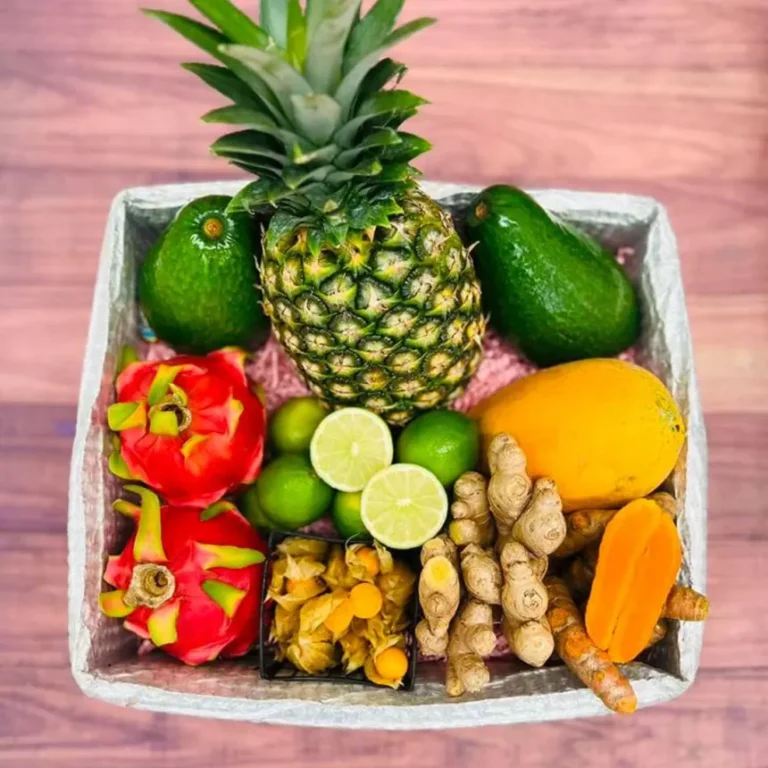
Tropical fruits grow in climates that are warm year-round, typically between the Tropic of Cancer and the Tropic of Capricorn. These fruits are not just valued for their taste but also for their high vitamin content, antioxidants, and cultural significance in international cuisines.
Some of the most popular tropical fruits in the export market include:
- Bananas – Rich in potassium and a top global export.
- Mangoes – Known as the “king of fruits,” loved for their sweetness.
- Pineapples – A tangy-sweet fruit used in desserts, drinks, and savory dishes.
- Papayas – Low in calories and rich in enzymes for digestion.
- Avocados – Gaining global popularity due to healthy fats.
- Dragon fruit, lychees, guavas, and passion fruits – Often considered exotic delicacies in international markets.
The tropical fruit trade is fueled by two main factors: growing consumer awareness of health benefits and improved logistics that allow fruits to be shipped globally while retaining freshness.
The Global Leader: Philippines – The Tropical Fruit Export Powerhouse
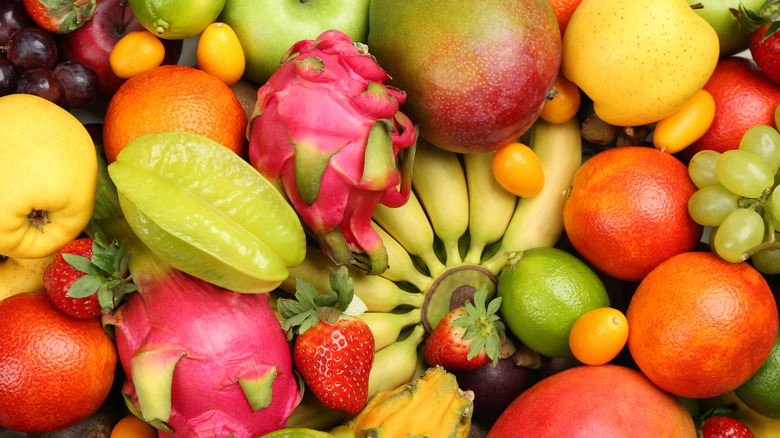
When looking at combined tropical fruit exports—particularly bananas, pineapples, and mangoes—the Philippines consistently ranks as one of the largest suppliers in the world.
1. Bananas – The Philippine Export Giant
The Philippines is the second-largest banana exporter globally (after Ecuador) and a major supplier of Cavendish bananas to China, Japan, South Korea, and the Middle East. Banana plantations in Mindanao and Davao are world-famous for their quality and productivity.
- Export Volume: In 2023, the Philippines exported over 2.5 million metric tons of bananas.
- Key Markets: Japan, China, South Korea, and the Middle East.
- Reasons for Success: Favorable climate, advanced farming techniques, and established trade agreements.
2. Pineapples – Sweet Gold of Mindanao
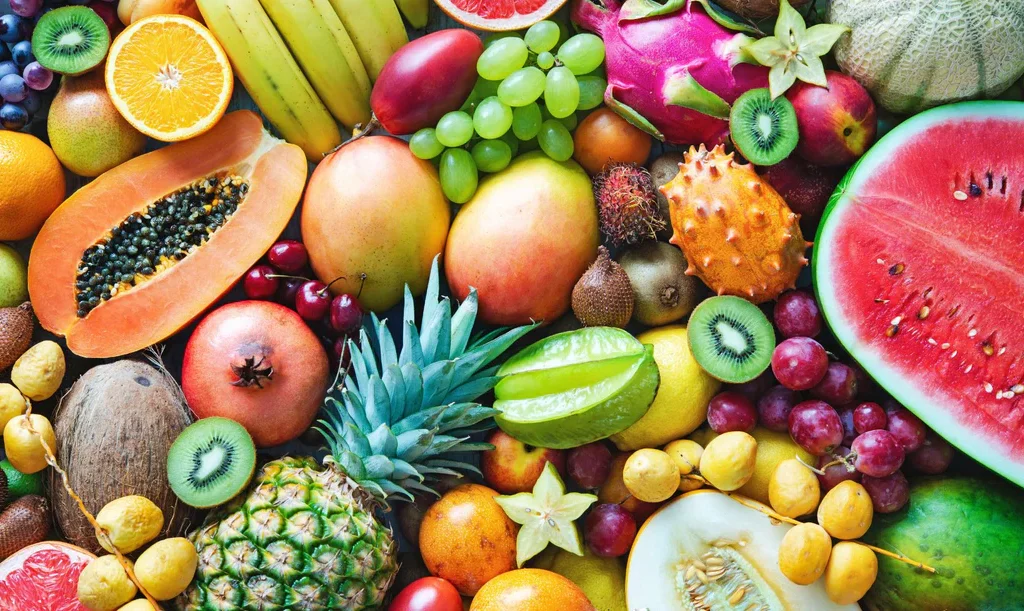
The Philippines is also among the top pineapple exporters worldwide, competing with Costa Rica and Thailand.
- Varieties: The country produces “Queen” and “Smooth Cayenne” pineapples, known for their sweetness and vibrant color.
- Export Destinations: Japan, South Korea, the US, and the Middle East.
Major agricultural companies like Del Monte Philippines and Dole Philippines have extensive pineapple plantations and processing facilities, ensuring year-round supply.
3. Mangoes – The Pride of the Philippines
The Philippine Carabao mango is often ranked among the sweetest mangoes in the world by Guinness World Records. While the Philippines is not the top mango exporter (India and Mexico lead), its mango exports are highly valued for premium markets.
- Key Importers: Japan, Hong Kong, UAE, and the US.
- Seasonality: Mango exports peak between March and June.
Other Strong Contenders in Tropical Fruit Supply
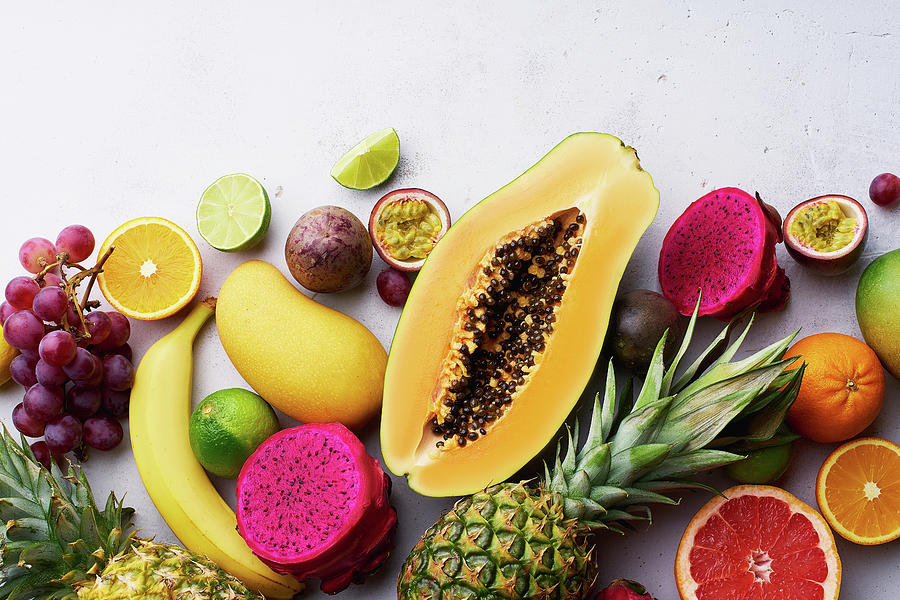
While the Philippines dominates in certain categories, the title of “#1 supplier” also depends on specific fruits. Let’s look at other major players:
1. Ecuador – King of Banana Exports
- Global Rank: #1 banana exporter worldwide.
- Exports: Over 6 million metric tons annually.
- Markets: Russia, the EU, the US, and China.
Ecuador’s bananas dominate global shelves due to year-round production and competitive pricing.
2. Costa Rica – Pineapple Leader
- Exports: Over 2 million metric tons annually, making Costa Rica the top pineapple exporter in the world.
- Markets: US and Europe.
Costa Rica’s pineapple industry is supported by high-tech cultivation methods, ensuring consistent quality.
3. India – Mango Capital of the World
- Global Share: Produces nearly 50% of the world’s mangoes.
- Exports: Although India is the largest producer, it exports only a small portion due to high domestic consumption.
- Markets: UAE, UK, US, and Saudi Arabia.
4. Thailand & Vietnam – Exotic Fruit Specialists

Thailand and Vietnam have rapidly expanded their tropical fruit exports, especially for durians, dragon fruits, and mangosteens.
- Thailand: World’s largest durian exporter, targeting China.
- Vietnam: A major supplier of dragon fruit, particularly to China and the EU.
Why the Philippines Holds the Edge
While Ecuador leads in bananas, Costa Rica in pineapples, and India in mangoes, the Philippines consistently ranks among the top exporters in multiple tropical fruit categories. This diversified export strength gives it a competitive advantage.
Factors driving the Philippines’ success:
- Year-Round Growing Season – The tropical climate allows multiple harvest cycles annually.
- Proximity to Key Asian Markets – Reduced shipping times ensure fresher produce.
- Government Support – Initiatives like the High-Value Crops Development Program (HVCDP) boost production.
- Private Sector Investment – Companies like Dole and Del Monte maintain world-class standards in cultivation and packaging.
Economic Importance of Tropical Fruit Exports
For countries like the Philippines, tropical fruit exports are a major contributor to agricultural income.
- Job Creation: Millions are employed in cultivation, harvesting, processing, and logistics.
- Foreign Exchange Earnings: Bananas alone bring in over $1.5 billion annually for the Philippines.
- Rural Development: Export-oriented farming encourages infrastructure growth in rural areas.
Future of the Tropical Fruit Industry
Global demand for tropical fruits is expected to grow at a CAGR of over 5% by 2030, driven by:
- Rising Health Awareness – Consumers prefer fresh, vitamin-rich fruits.
- Exotic Appeal – Unique flavors attract adventurous eaters.
- Expanding Trade Routes – Improved cold-chain logistics enable wider exports.
Challenges ahead:
- Climate change affecting yields.
- Plant diseases like Panama disease in bananas.
- Trade barriers and tariffs in some importing countries.
Conclusion – The Tropical Fruit Crown
If we define the #1 supplier as the country with the most diversified and high-volume tropical fruit exports, the Philippines emerges as a global leader, thanks to its dominance in bananas, strong pineapple exports, and premium mango varieties.
However, when looking at specific fruits, different countries lead—Ecuador for bananas, Costa Rica for pineapples, and India for mangoes. This highlights the competitive and specialized nature of the tropical fruit industry.
As global demand continues to rise, these countries will likely expand their market share, and tropical fruits will remain a delicious and profitable bridge between tropical farms and dinner tables worldwide.
